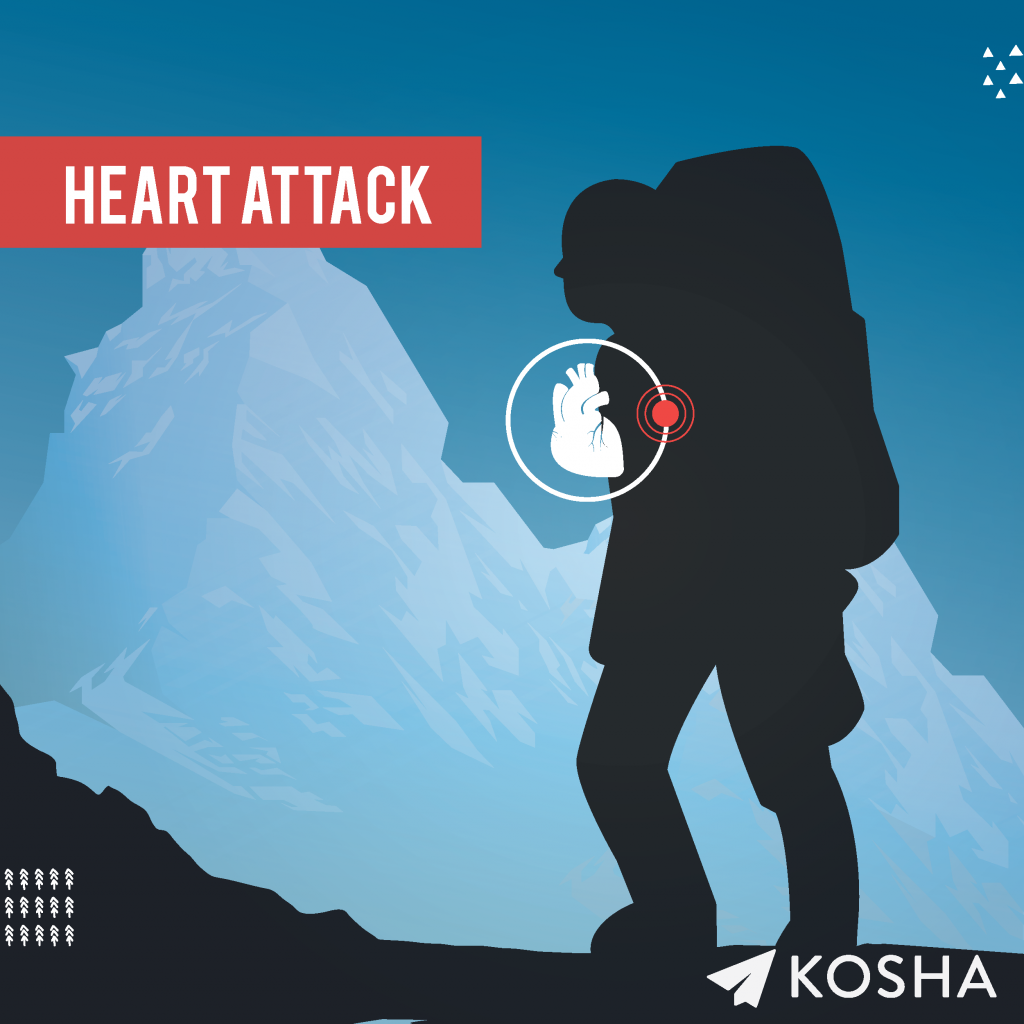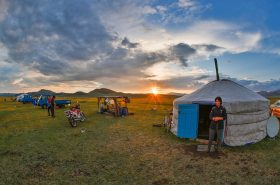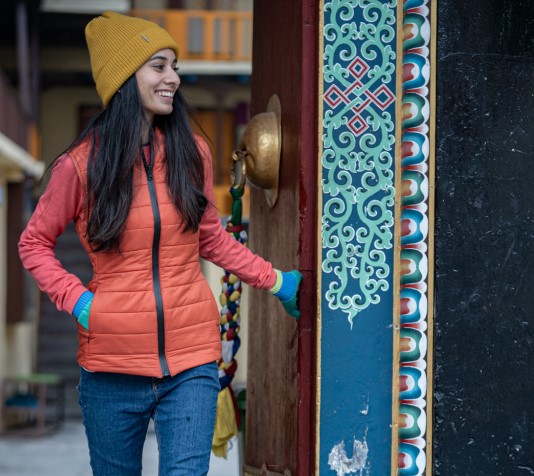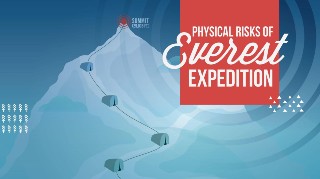
“Risk comes from not knowing what you’re doing.” – Warren Buffett
So, will preparing well, eliminate the risks involved in climbing Mount Everest? No, but anticipating what can give you the chance to put the precautionary measures in place.
The risks vary from health situations to adverse weather conditions, and while planning to scale the Mount Everest, it is important to remember that anything can happen.
Mentioned below are few physical risks that can happen from the extreme cold when you are climbing Everest:
1. Slips, Trips and Falls:

The most common cause of injury while climbing, it damages the lower back and head along with arms and hands as climbers try to break their fall. It results in blisters, bruises and broken bones along with sprains and strains.
Tip: Always invest in an excellent sole grip boot to stay upright.
2. Heart attacks:
Dropping temperatures increase the blood flow leading to higher blood pressure, thereby putting more strain on the heart. The fall in temperature along with physical exertion increases the likelihood of a heart attack.
Tip: Own appropriate winter gear and stay layered during the expedition.
3. Frostnip and Frostbite:
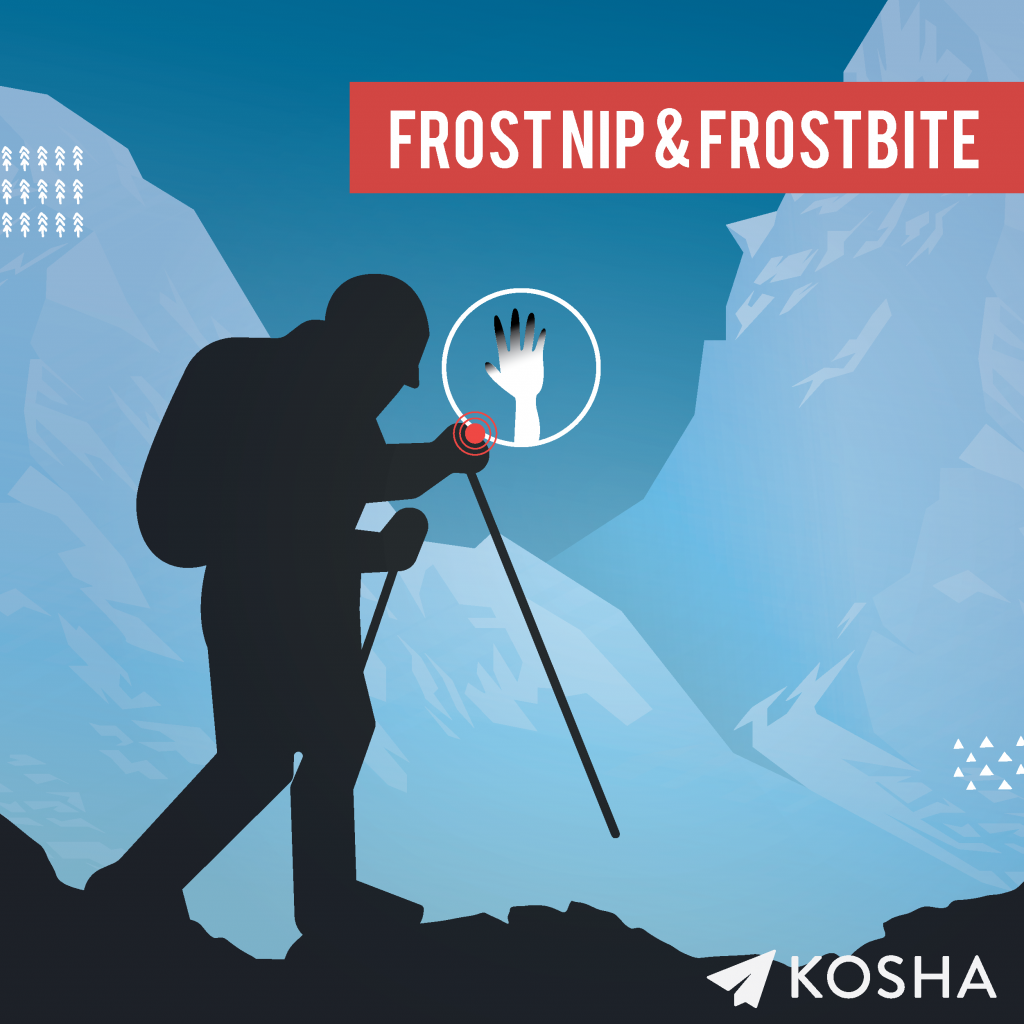
Frostnip, is an early forerunner to frostbite, is caused by continued exposure to cold and usually appears on exposed extremities, like the nose, fingertips, and toes. It pales the skin colour as there is little or no blood passing through it.
Frostbite is extreme and can have severe consequences. In this, the skin and the underlying tissue are affected, making the flesh hard and waxy when touched.
Tips: Frostnip – Do not rub or massage as it could cause further damage. Instead, warm the affected area gradually.
Frostbite – Slowly, warm the body part to avoid skin burning, especially if you can’t feel anything. Avoid massaging and seek medical attention if the sensation doesn’t return soon.
4. Hypothermia
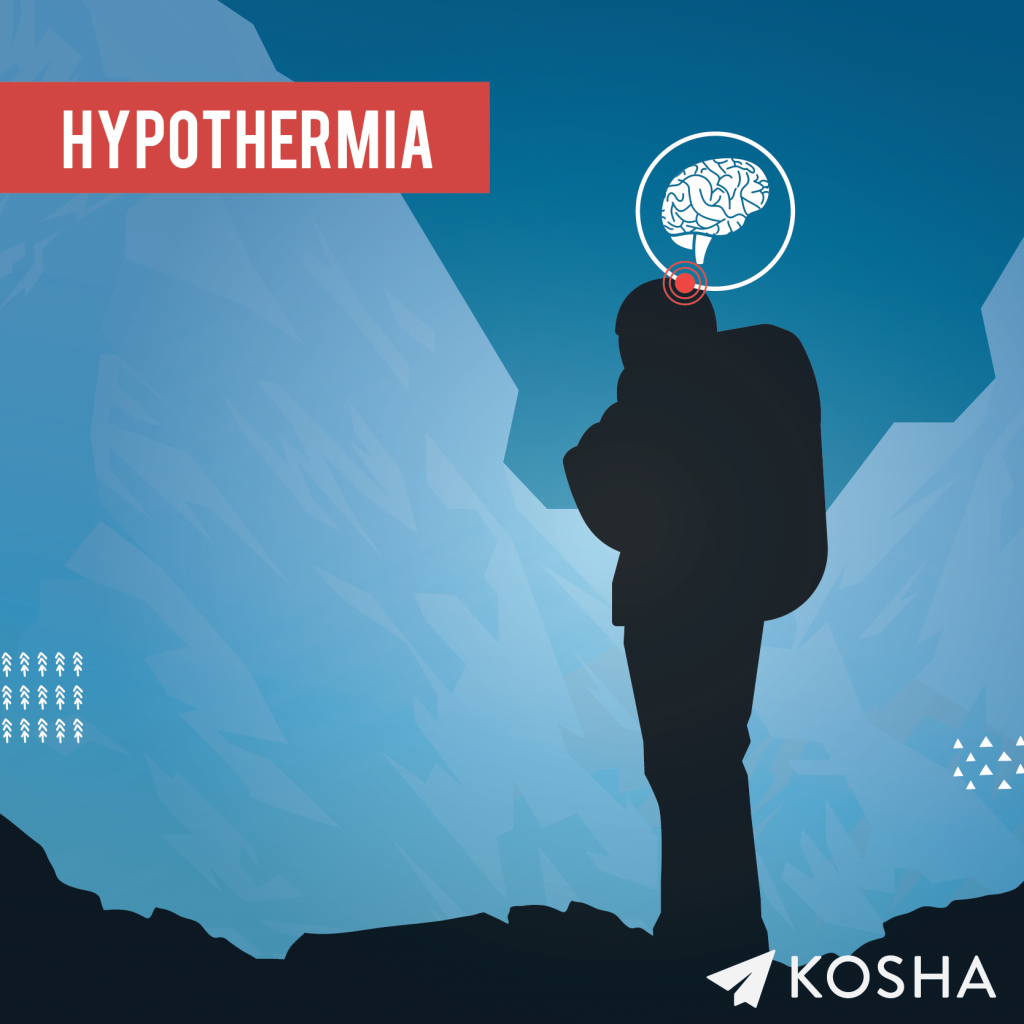
Exposure to cold weather or immersion in cold water causes Hypothermia. It is a medical emergency that occurs when your body loses heat faster than it can produce heat, thereby creating a dangerously low body temperature which should ideally be between 37°C to 35°C.
Tip: A primary method for hypothermia is to warm the body back to an average temperature by putting on more layers or staying indoors.
5. Immersion foot / Trench foot:

Immersion foot is the term used to describe the damaged tissue of the foot caused when the toes are wet for a longer period in temperatures below 10°C.
Tip: Inadequate or wrongly fitted footwear cause a high proportion of such injuries. Your boots are your primary defense against the cold.
Climbing and mountaineering are all about personal responsibility. Excluding tales of tragedy and bad luck, these injuries result from a lack of experience or knowledge in winter mountaineering and combating the extreme cold at high altitudes. As more climbers are travelling to challenging places like Alaska, the Himalayas, Everest, etc., it is an excellent time to analyze modern practices for accident prevention.
